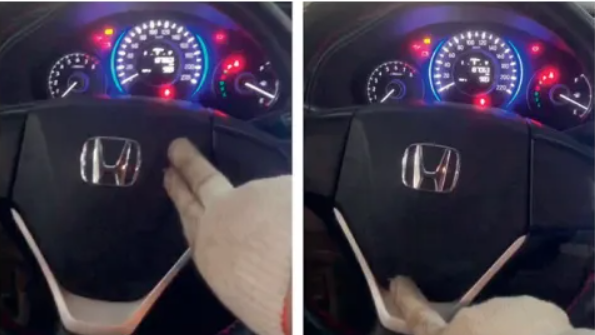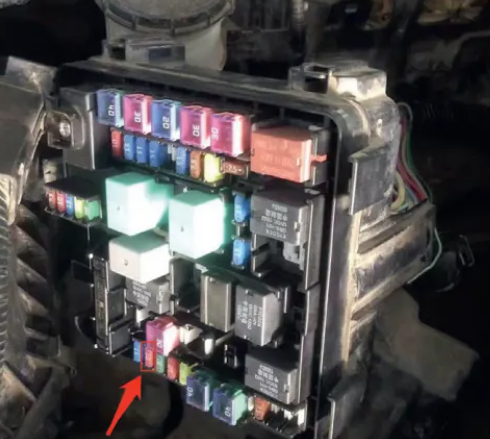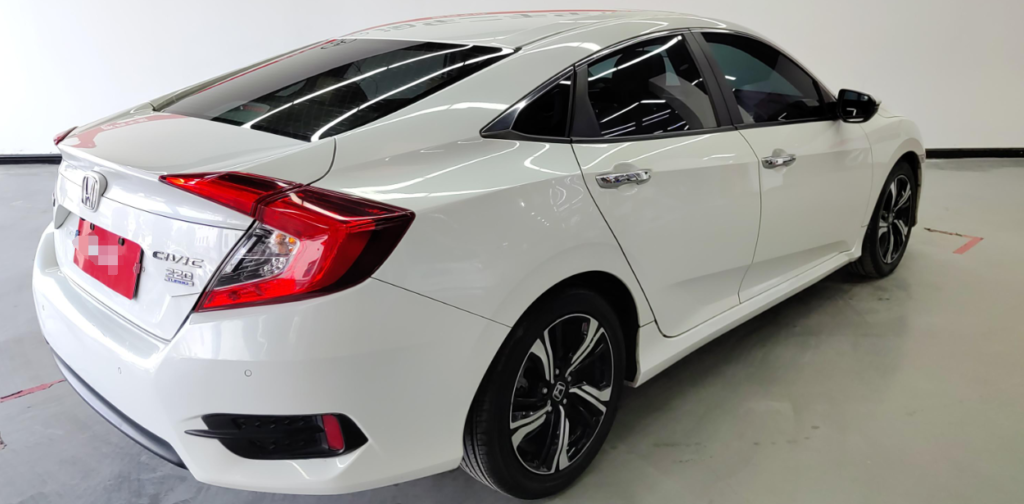Fault Cause: Horn Relay, Wiring Harness Damage
Fault Symptoms: A 2016 Honda Civic sedan, equipped with a 1.8L engine and CVT transmission, has traveled 187,000 km. The user reported that the horn didn’t work, even after replacing the horn, horn relay, and steering wheel clock spring at a repair shop. The vehicle was brought to the shop for further inspection.
Inspection and Analysis:
The technician found that no matter where the horn button was pressed, either the top or bottom of the steering wheel, the horn didn’t sound. However, when the horn button was pressed, the technician could hear the relay click under the hood. Other functions of the vehicle were normal, and no fault lights appeared on the dashboard after starting the engine.

The horn system consists of several components, including the horn switch, clock spring, horn relay, and the high and low tone horns. The electrical diagram showed that power travels through fuse A14 (10A) in the under-hood fuse/relay box to the 1st and 3rd terminals of the horn relay. When the horn button is pressed, the 4th terminal of the horn relay outputs power through the under-dash fuse/relay box to the clock spring inside the steering wheel, and the horn relay closes. The 1st and 2nd terminals of the relay connect, allowing power from fuse A14 to flow to the high and low tone horns, causing them to sound due to grounding through the horns themselves.
Since the technician could hear the relay click under the hood when the horn was pressed, and because the horn, horn relay, and clock spring had been replaced at a previous repair shop, the technician needed to confirm whether the horn relay was functioning properly. This would confirm whether the control circuit to the horn relay was intact, helping narrow down the potential causes of the fault.
After checking the circuit, it was found that the brake pedal switch and battery sensor were also part of the circuit powered by fuse A14. The brake lights worked normally when the brake was pressed, so the possibility of a blown fuse was ruled out. Based on this analysis.

the possible causes of the failure were:
- Faulty horn relay.
- Faulty wiring between the horn relay and the horns.
- Poor grounding in both the high and low tone horns.
- Internal faults in the high and low tone horns.
The technician opened the hood, located the auxiliary relay box E on the right front fender, and removed the horn relay. After pressing the horn button again, no relay sound was heard under the hood, confirming that the sound was indeed from the horn relay. This ruled out any faults in the horn relay’s control circuit from the relay’s 4th terminal to the steering wheel’s horn switch.
The technician tested the horn relay and found that when the battery power was connected to the 3rd terminal and the ground was connected to the 4th terminal, the 1st and 2nd terminals were connected, indicating that the relay was functioning properly.
Further testing showed that there was no continuity between the 2nd terminal of the horn relay and the light green wire of the horn wiring connector. Upon inspection, it was found that the light green wire, located about 2 cm beneath the relay box, was damaged, with corrosion and broken wires. This was the wire running from the horn relay’s 2nd terminal to the horn wiring connector.
Fault Repair:
The technician cut off the oxidized parts of the damaged light green wire, stripped the unaffected copper, and soldered the connection. After reinstalling the horn relay, the technician tested the horn by pressing the horn button, and both the high and low tone horns sounded normally. The technician wrapped the repaired wires with insulating tape, installed the cover of the auxiliary relay box, and ensured the wires were securely fastened and didn’t contact other components. After multiple tests and a road test, the fault was resolved.
Summary:
The main cause of the wiring harness damage was a prior accident, during which the vehicle’s right front bumper was damaged, causing the right fog light to rub against the wiring harness. Over time, this rubbing caused the wires to corrode and break. Even though the car had been repaired after the accident, the wires without insulation eventually corroded, leading to the horn malfunction.
Repair Tip:
When repairing corroded wires, it’s important to not simply remove rust and reconnect them, as this can lead to poor connections. Oxidized copper forms resistance, which could cause poor electrical contact, overheating, or even fire. Always cut off the oxidized portions to ensure a reliable connection.


